BBC ADAPTATION OF INDIAN NOVEL WILL FEATURE ONLY ASIAN CHARACTERS
by AMIT ROY
INDIAN AMERICAN filmmaker Mira Nair has spoken exclusively about how she is progressing with her adaptation of Vikram Seth’s 1,349-page novel, A Suitable Boy, for BBC 1.
Nair is certainly a busy woman. She is now locked away in a studio deep into editing the six-part TV series, which will be one of the BBC’s biggest drama projects for years. She is also choosing the cast – mainly in the UK – for a musical version of her 2001 hit film, Monsoon Wedding, which will be staged this summer at the Leeds Playhouse followed by the Roundhouse in London, The good news is that filming is complete.
Though the director is not enjoying the wet and cold weather in London after the sun and warmth and enjoyable anarchy of India, she did say: “I am looking happy, right? We have completed (editing) the first two episodes and now we are onto three, four, five and six. I heard it’s a summer 2020 release (in) July. But I don’t have a date.”
For 20 years after Seth’s novel was published in 1993, the consensus among drama commissioning editors was that British audiences were not yet ready for television that had only non-white characters.
Granada Television’s The Jewel in The Crown, adapted from Paul Scott’s Raj Quartet novels, was a huge success in 1984. However, it was not about India or Indians in India but about the life and loves of the British rulers in India as the curtains fell on the Raj.
In marked contrast, there are only Indian characters in A Suitable Boy, which is set four years after independence in 1947, as the country prepares for its first general election in 1951-1952.
As India finds its voice, so does Lata, a 19-year-old girl, whose widowed mother, Mrs Rupa Mehra, is obsessed with finding a suitable husband for her daughter, who is getting far too independent for her liking.
“So that’s very much the spine of our story,” observed Nair.
The script is by an Englishman, Andrew Davies, an acknowledged master of the craft, who has been helped by Seth and Nair.
“We all are working closely together to make sure that we get it right, we get the density of it, the politics and the story of a free India, how as a country comes to its own voice, a young woman, Lata, also finds her voice,” she said.
No one has counted the number of characters in Seth’s novel, but Nair directed a cast of “113”.
So what is it like to direct 113 actors and actresses, all but one recruited in India (so a voice coach was not needed to give them authentic Indian accents, which might have been the case had she relied on British Asian talent)?
“Oh, it’s absolutely yummy!” she beamed. “It really is. I love actors and the talent in our country is so powerful. What I love to do is find new people and match them opposite legendary people, so we have the great actress Tabu opposite two of three of Lata’s suitors, who have never faced a camera before.”
She reeled off a list of names of cast members who are well known in India: “We have extraordinary people like Manoj Pahwa, Vinay Pathak, Ram Kapoor, Rasika Duggal and Shahana Goswami, who all pitched up and did this with me.”
Three cast members from A Suitable Boy will be in Monsoon Wedding the musical. Namit Das, who plays Haresh in A Suitable Boy, is cast as PK Dubey in the musical. Gagan Dev Riar will make the switch from Pran to Lalit Verma, and Sharvari Deshpande, who plays Malati, Lata’s outgoing and opinionated best friend in A Suitable Boy, has been cast as Ria in the musical.
“So there is confluence between the film series and the musical – a number of actors are seen in both,” Nair said.
Filming in north India took five months – “and it was all done on location”.
“We filmed in Lucknow and Maheshwar and Kanpur,” Nair revealed.
An important part of the novel, involving the Chatterji family whose younger members speak to each other in rhyming slang, is set in Calcutta. It is known that Seth put something of himself into the character of Amit Chatterji.
Since Calcutta of the 1950s had largely disappeared, Nair recreated the city, including its most famous thoroughfare, Chowringhee, in Lucknow.
“We found an extraordinary art deco home in Lucknow and recreated it for Calcutta,” Nair said.
Is the story from 70 years ago relevant to modern India – and the world beyond? “It is very relevant, remarkably relevant,” she replied.
“Despite Partition, the very deep and layered co-existence of Hindus and Muslim communities was an ancient line of friendship. But that begins to get threatened in the beginning of our story in 1951, post-Partition. At the heart of it are two families – Hindu and Muslim – (who are) very closely knit. And (there is) a romance between a young Hindu girl, Lata, and her cricket star who happens to be Muslim, and how the wounds of Partition are really impossible to forget.”
Also “(the seeds of the dispute over) the Babri Masjid, the seeds of it – building a temple near a mosque – started happening in Vikram’s story in the ’50s. We are (now) also seeing the tensions that come from that. Which is uncannily prescient in terms of what is happening in India,” she said.
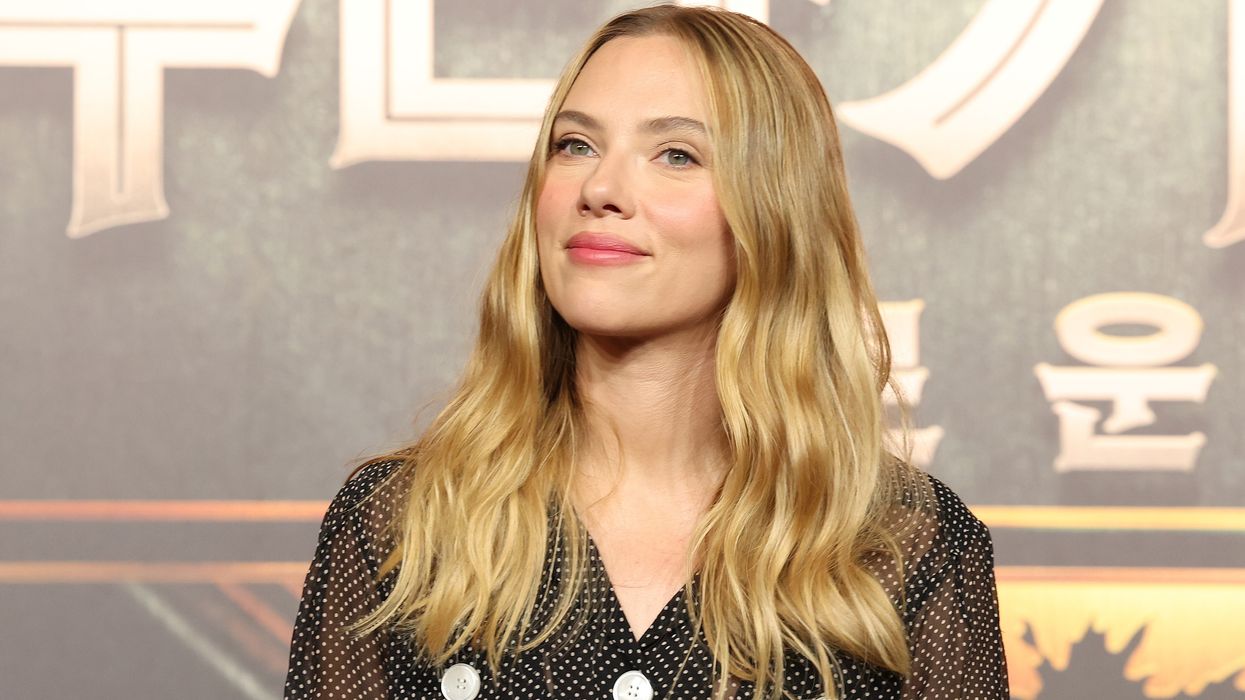

















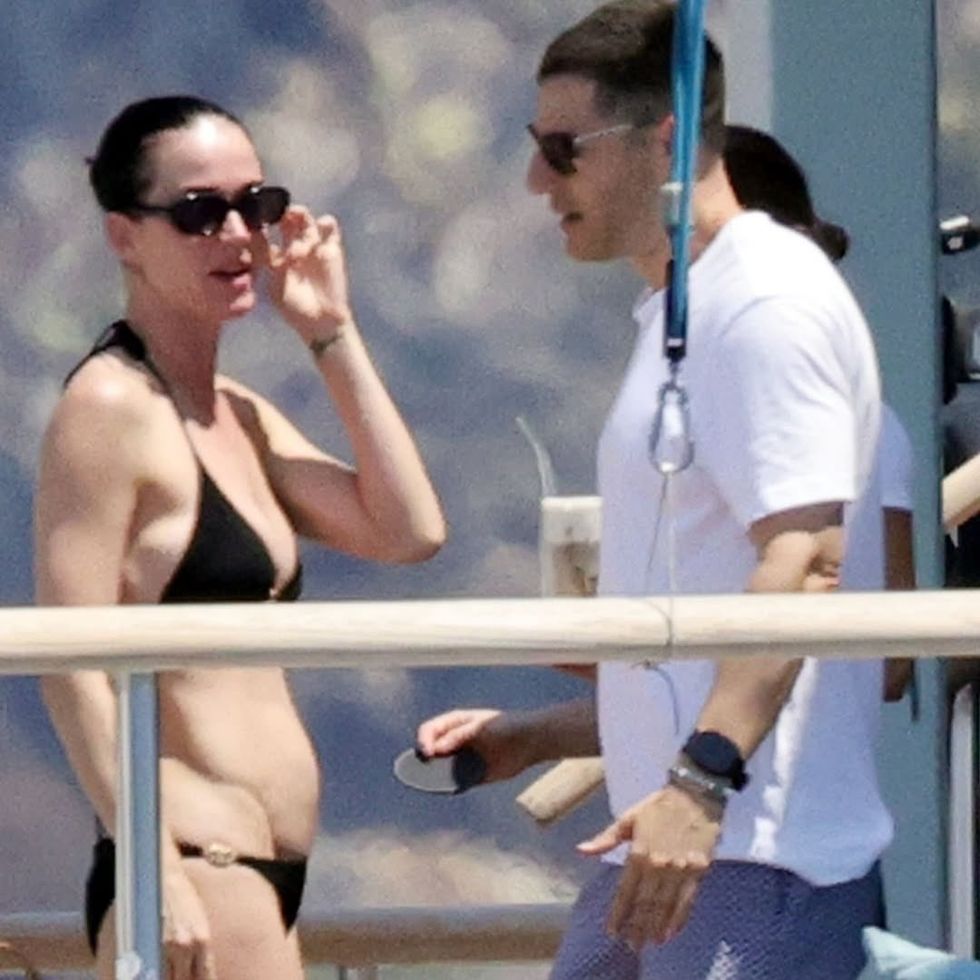 Katy Perry with longtime friend Michael Kives during her getawayTwitter/info katy perry
Katy Perry with longtime friend Michael Kives during her getawayTwitter/info katy perry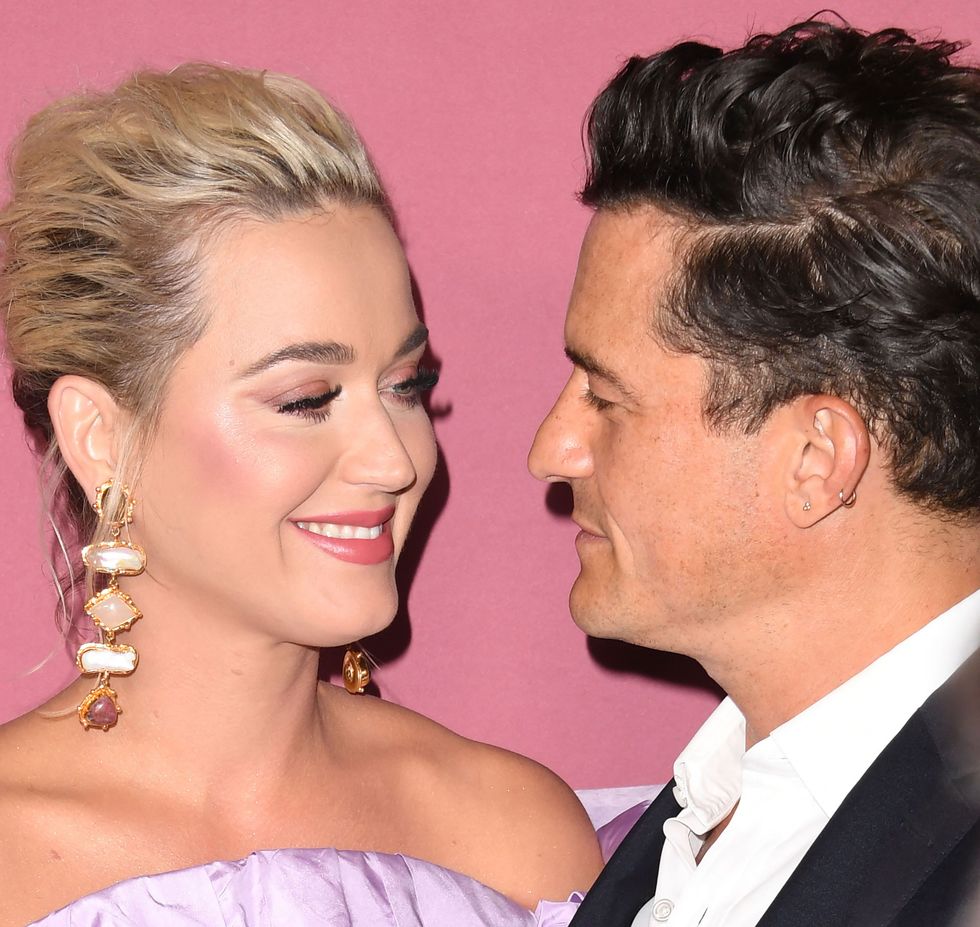 Katy Perry and Orlando Bloom focus on raising their daughter with love and respect Getty Images
Katy Perry and Orlando Bloom focus on raising their daughter with love and respect Getty Images 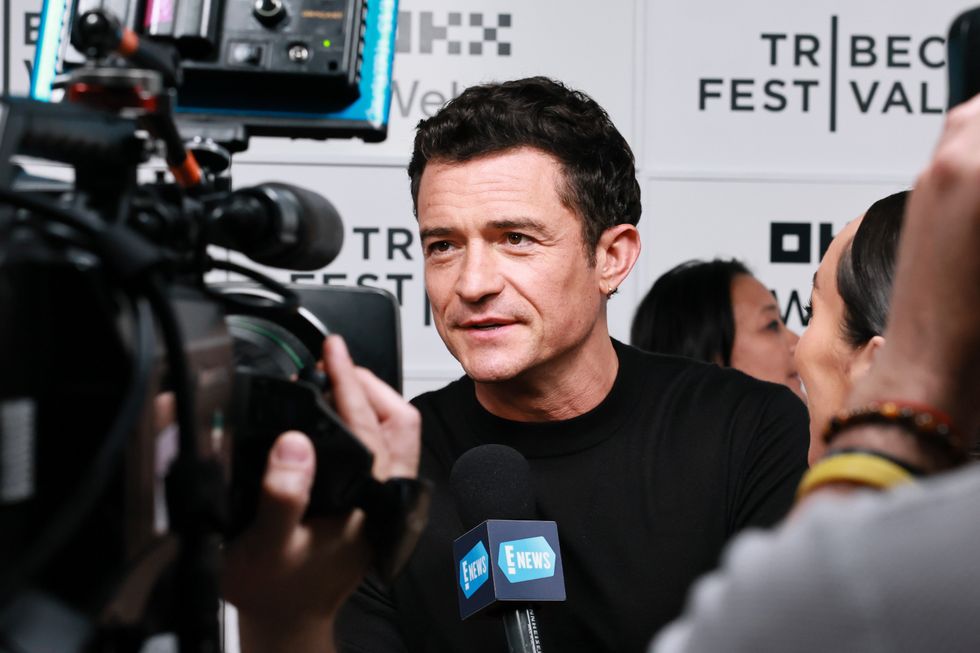 Orlando Bloom to attend Jeff Bezos wedding alone as split rumours with Katy Perry grow Getty Images
Orlando Bloom to attend Jeff Bezos wedding alone as split rumours with Katy Perry grow Getty Images 
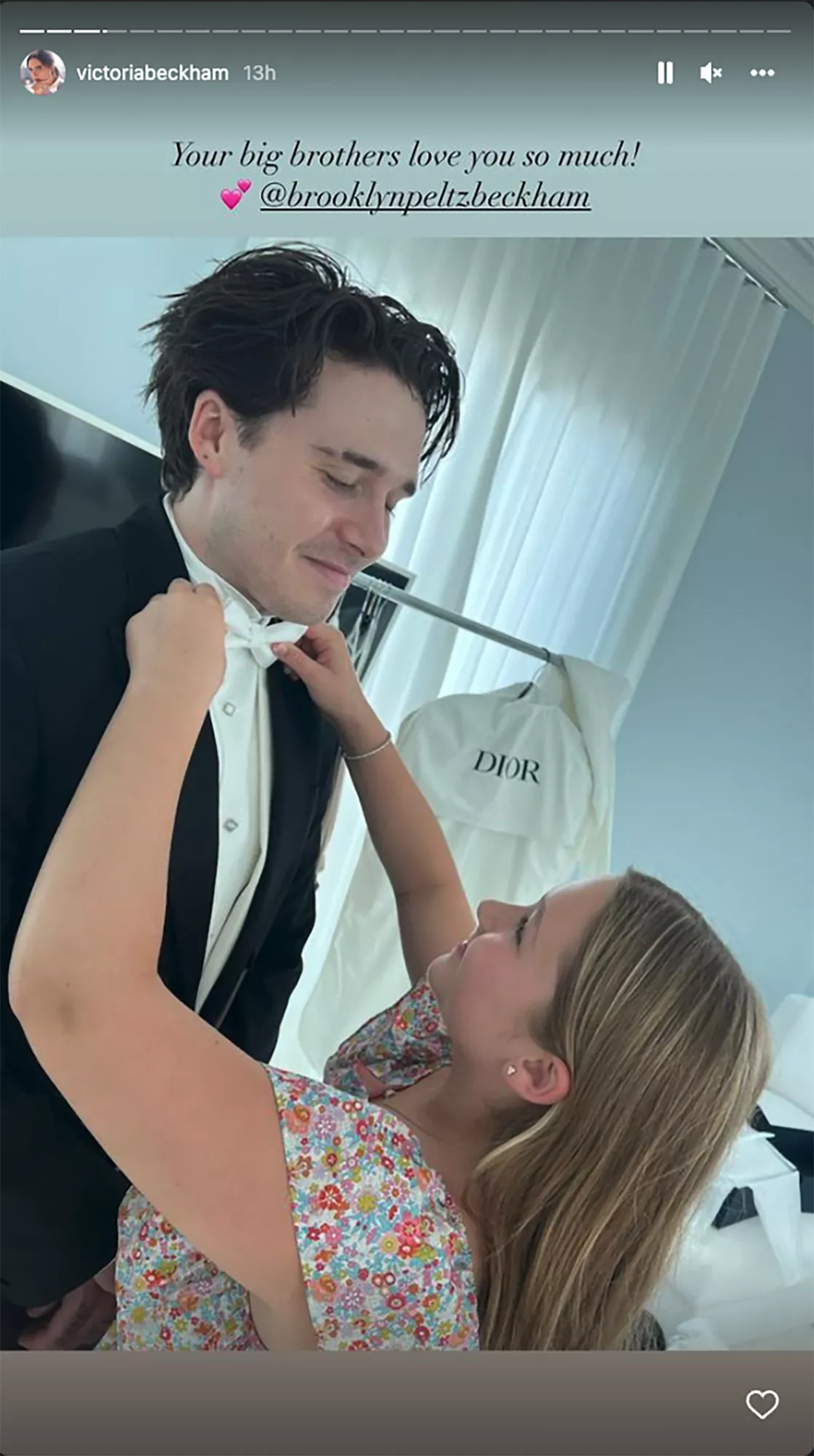 An old Instagram story of Victoria BeckhamInstagram Screengrab
An old Instagram story of Victoria BeckhamInstagram Screengrab  David Beckham, Victoria Beckham and Brooklyn Beckham attend the Louis Vuitton Menswear Fall/Winter 2018-2019 showGetty Images
David Beckham, Victoria Beckham and Brooklyn Beckham attend the Louis Vuitton Menswear Fall/Winter 2018-2019 showGetty Images  Brooklyn Beckham and Nicola Peltz attend the Mugler Womenswear Fall/Winter 2024-2025 show Getty Images
Brooklyn Beckham and Nicola Peltz attend the Mugler Womenswear Fall/Winter 2024-2025 show Getty Images